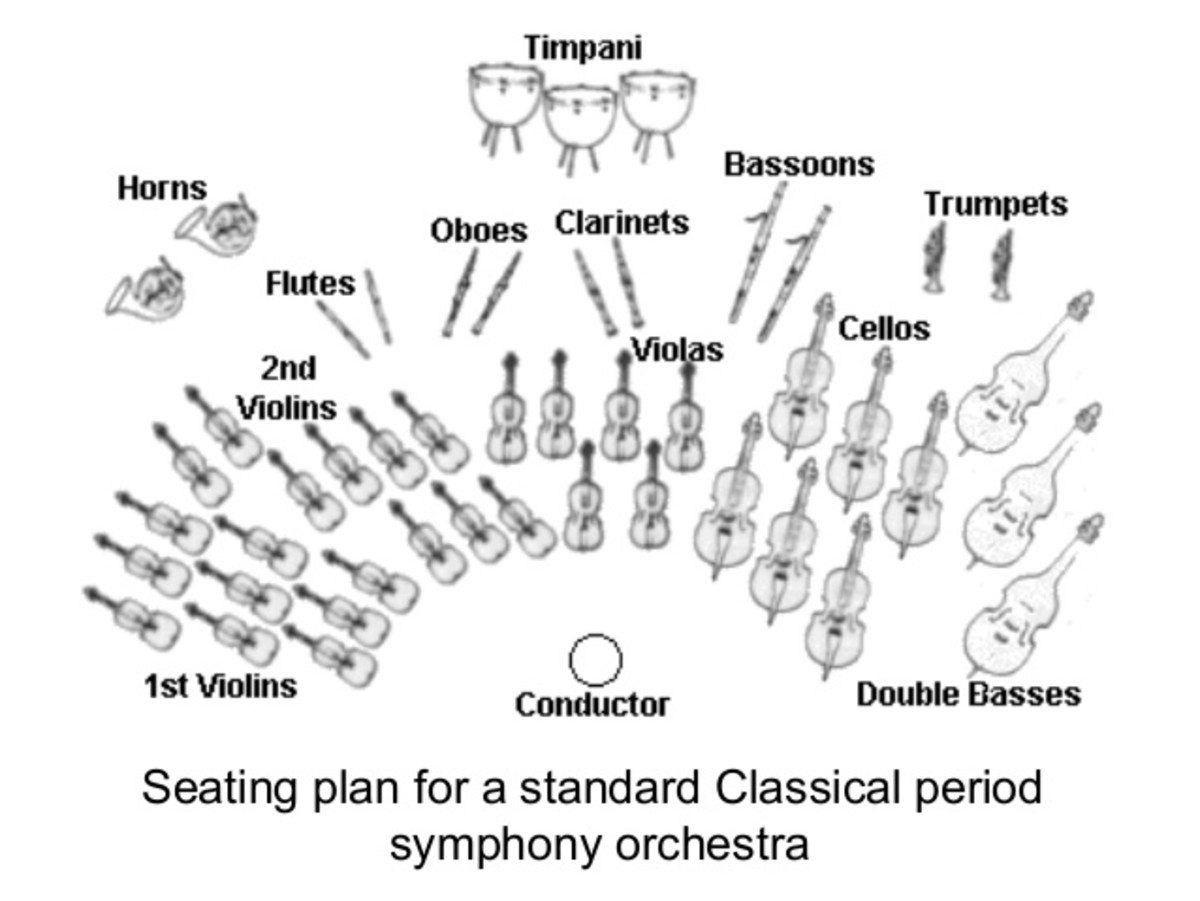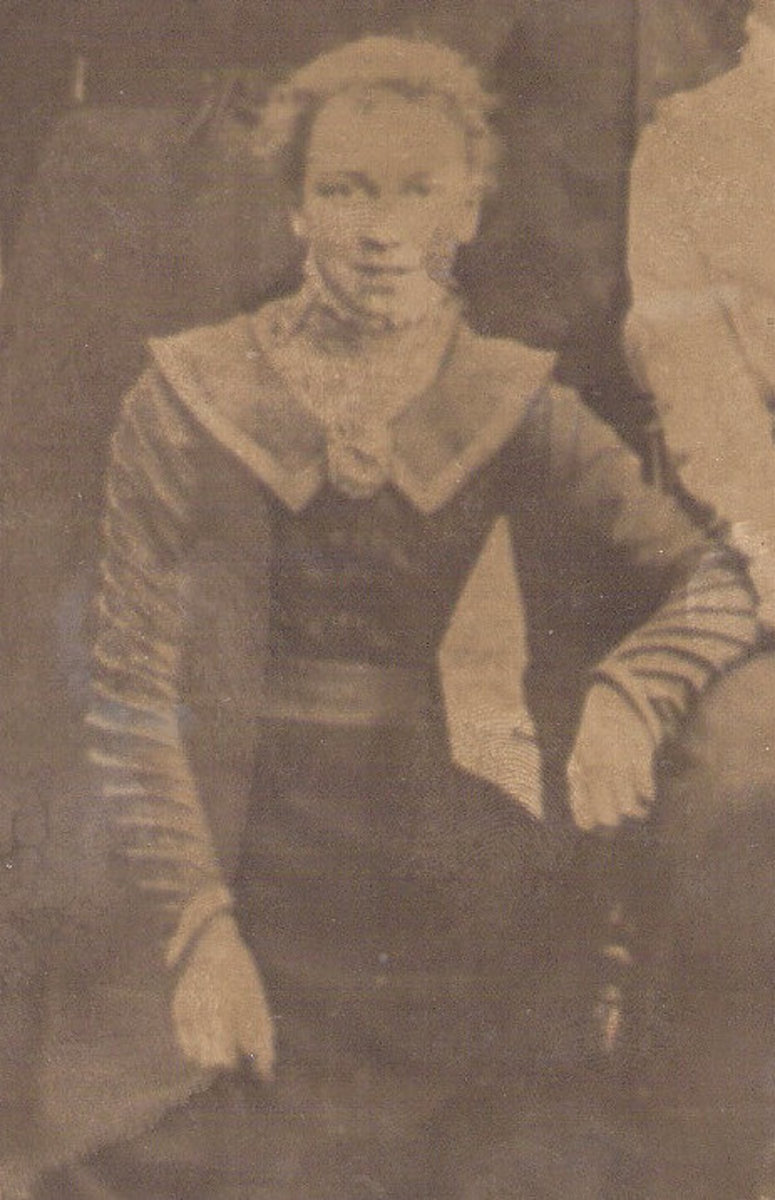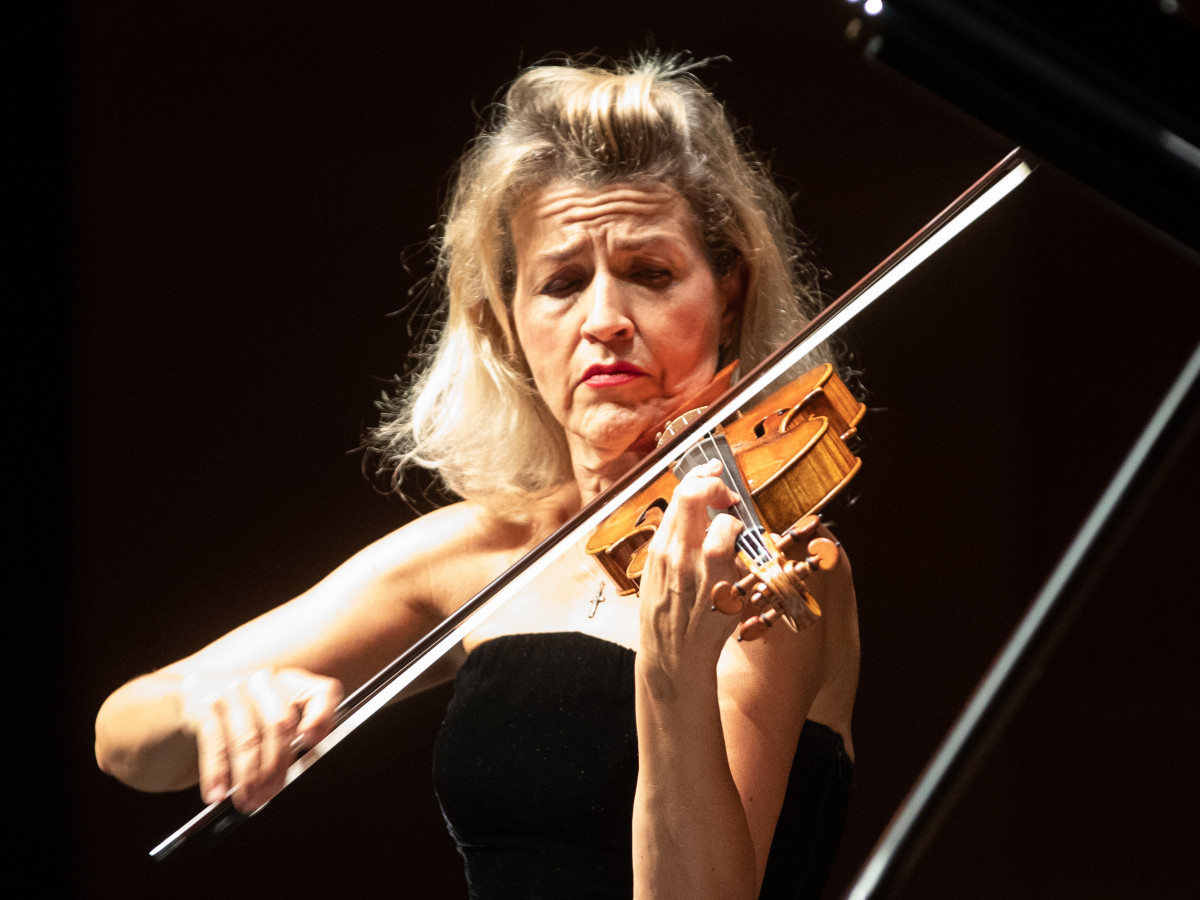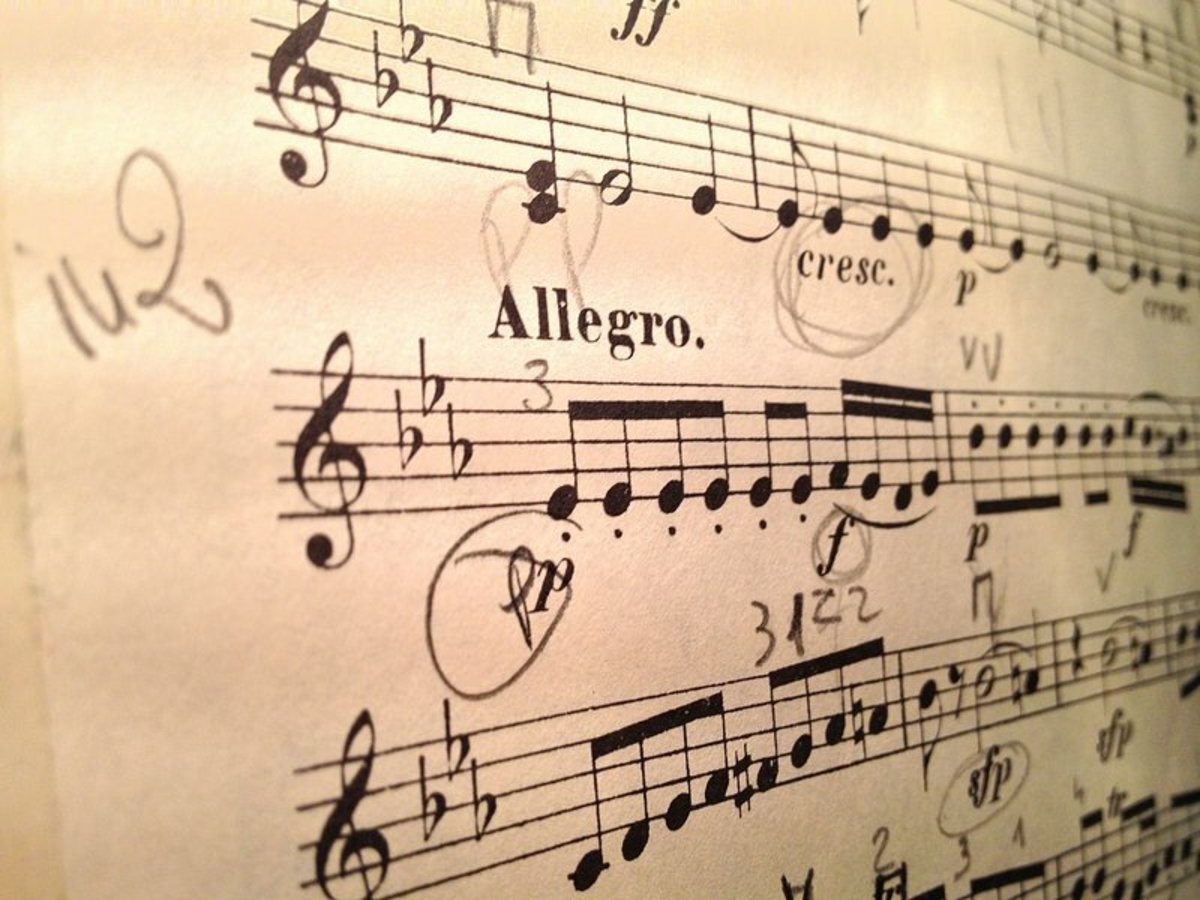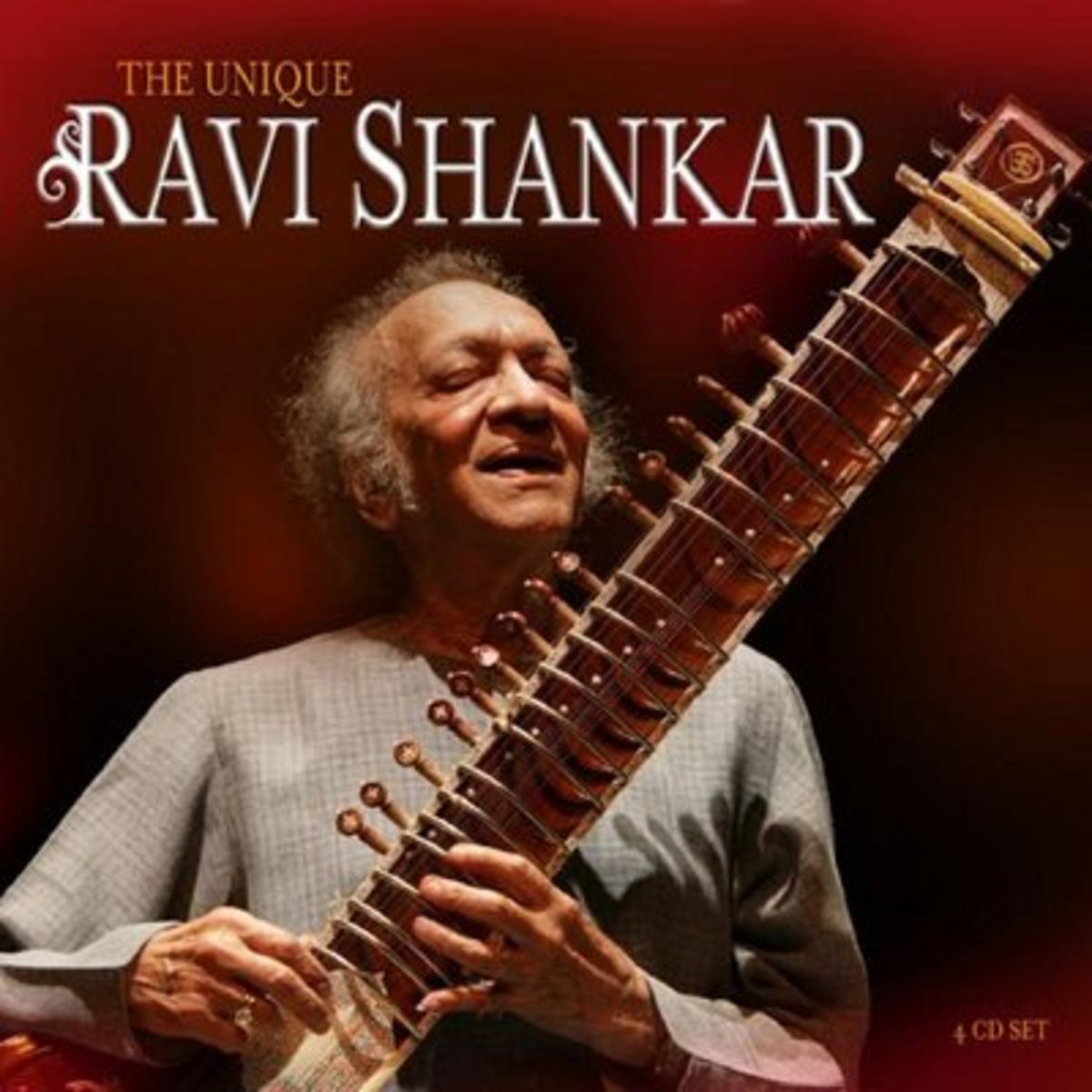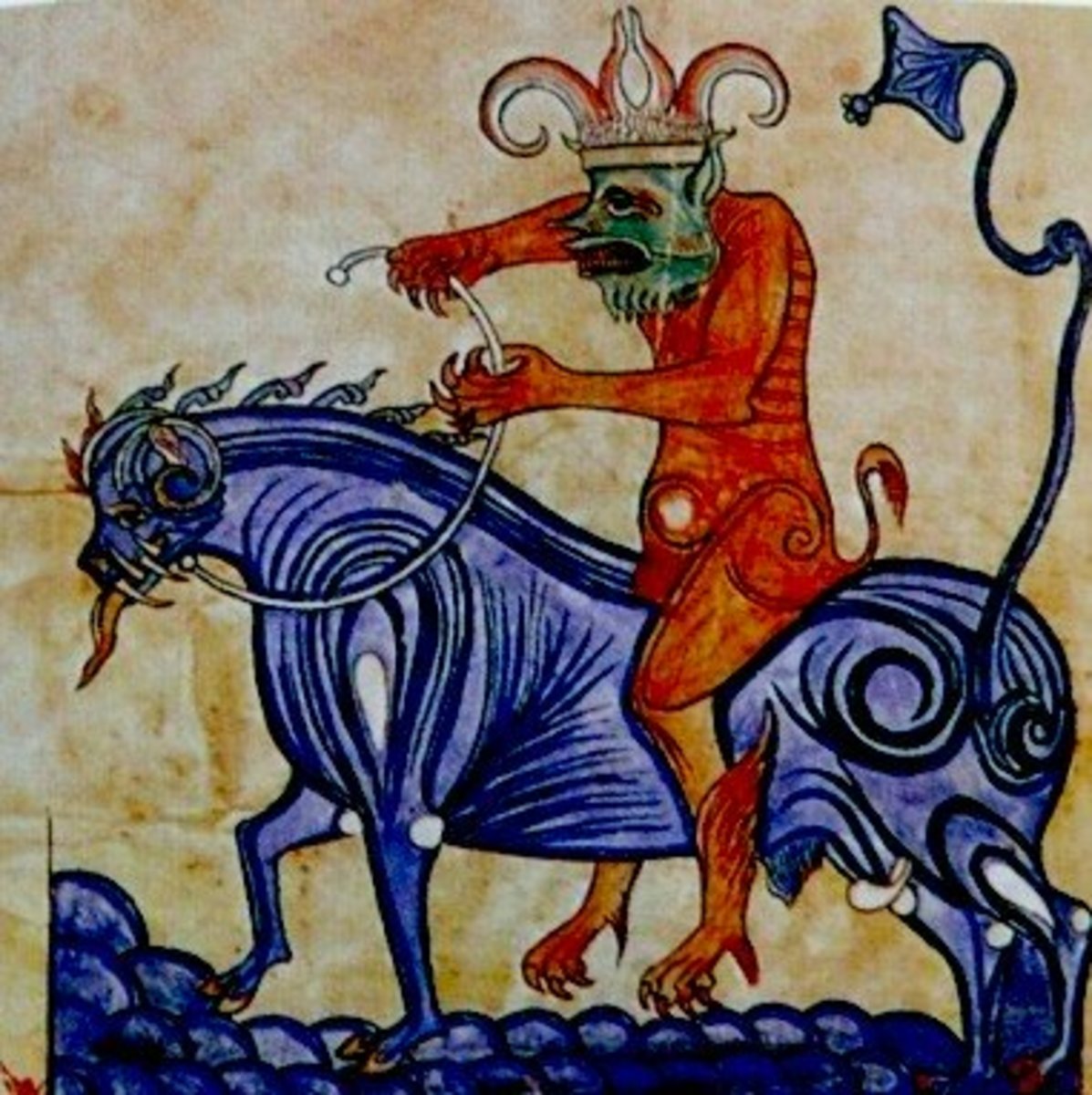A Night At The Symphony: Georg Philipp Telemann's Trio in F Major for Flute, Viola da Gamba, and Basso


The Late Baroque Era
The Late Baroque Era(1680-1720) of music is where we see the great composers like Bach and Telemann. This era is the final era before we see the arts move into the Rococo period and then into the Classical Era.
Jean-Phillipe Rameau replaced Luly as the foremost educator in music theory and his texts were widely spread and excepted at the time.
Late Baroque Era music had more of a logical cadence in its rhythm and we see a more defined and developed style in the composition of Concerto, Suite, Sonata, Concerto Grosso, Oratorio, Opera, and Ballet.
The Rondeau found a voice during the Late Baroque Era.
Italy was the first country to show signs of the beginnings of the Late Baroque Era.

Telemann The Early Years
Georg Philipp Telemann was born in Magdeburg Germany in 1681. His father was a clergyman for the Lutheran Church and his brother was taking his vows.
Telemann was a child prodigy who taught himself music theory by studying Lully's text. He wrote his first opera when he was ten entitled Sigismundus.
Telemann's family did not support him as an artist and he was sent to Leipzig University to study law in 1701. On the road to Leipzig Telemann met another great composer of the Late Baroque Era, Handel. They became friends and continued their friendship throughout Telemann's life.
Within a year at Leipzig Telemann dropped his law studies and moved to the study of music. He was appointed as the conductor of the Student Collegium Musicium, this same group of musicians was also directed under Bach in later years.
In 1703 he was appointed the Opera director for the Leipzig Opera House and in 1704 was also given the role of the lead organist for the Leipzig Opera.
In 1705 Leipzig University had offered to Telemann everything he needed to begin his career in music and he moved on to court appointments.

Telemann The Middle Years
In 1705 Telemann accepted the position of Kapellmeister for the court of Erdman II of Promnitz at Soran.
During this appointment he became interested in Polish Folk Music and this interest is heard in his compositions.
Due to the invasion of Sweden the court of Erdman II was dispersed and Telemann was appointed a position as Konzertmeister after the court was reassembled. This position overlapped with Bach as Konzertmeister who left the court around 1708.
During this period of time Telemann produced Cantatas, Oratorios, Orchestral Music, Chamber Music, and Operas.
Telemann settled down and accepted his post, he married and was about to begin a family when his first wife died in 1711.
After his wifes death he moved to Frankfurt-am-Main where he became the Kapellmeister

Telemann The Later Years
Shortly after moving to Frankfurt-am-Main Telemann was appointed the duty of Kapellmeister for the Prince of Bayreuth. He was composing a large amount of work and found security enough to remarry and work on a family.
In 1716 he was appointed Kapellmeister for Eisenach and was reacquainted with his old friend Handel.
In 1721 he was appointed the Kantor of the Hamburg Johanneum where he produced two Cantatas a week and a new passion play every year.
In 1722 politics forced him out of the role of Kantor of the Hamburg Johanneum and he took over the Kantor of Thumas Kirche from Bach. He was forced out of the Hamburg Kantor appointment due to his continual support of the Hamburg Opera. Yet while appointed to the Kantor of Thumas Kirche he was able to produce Operas for the Hamburg Opera along with his current workload.
In 1728 he created the "Der Getruer Musikmeister" or "The Faithful Music Master" which was the first periodical on music theory ever produced up until this time.
In Conclusion
Telemann was incredibly prolific throughout his career. he created 1,043 Church Cantatas, 46 Passion Plays, hundreds of Operas, 600 Orchestral Suites, and many more compositions.
In the beginning his influence was primarily from the french and from his youthful interest in Lully. Yet after his thousands of compositions he fell upon his own style and voice.
A voice that is now one of the major voices in music from the late Baroque Era.
I hope you have enjoyed Telemann's Trio in F Major for Flute, Viola, de Gamba, and Basso.
Next time you have a free evening take yourself to the symphony to listen to these works performed live. I promise the experience will last a lifetime.
Support your local musicians and attend a symphony performance.

